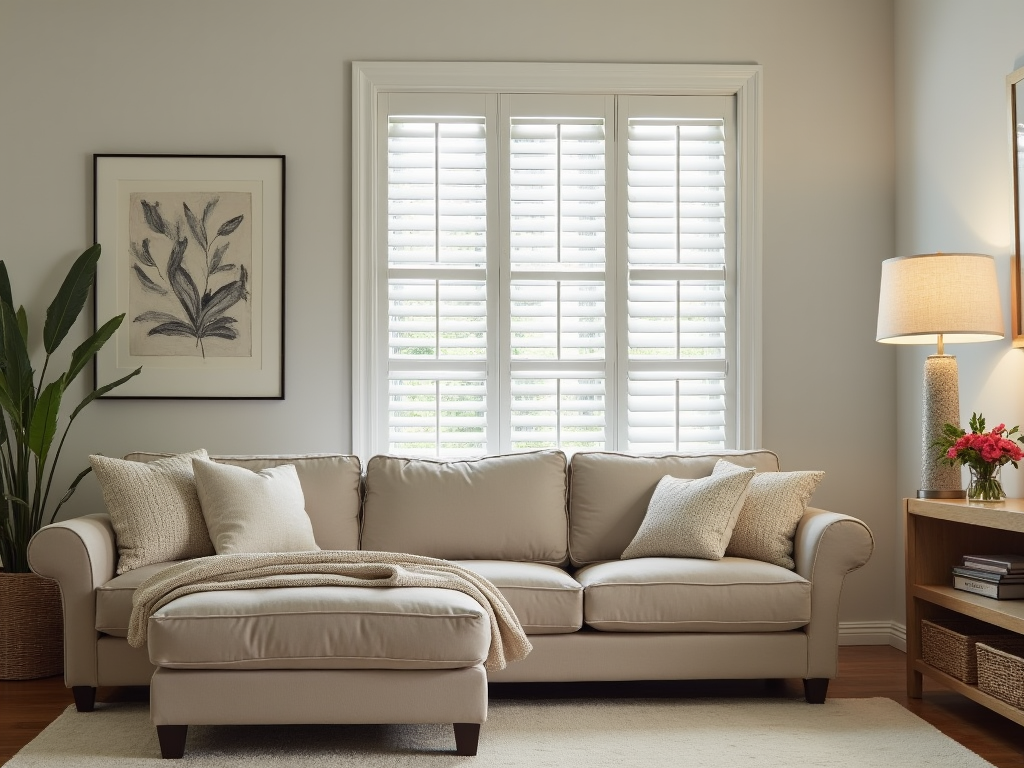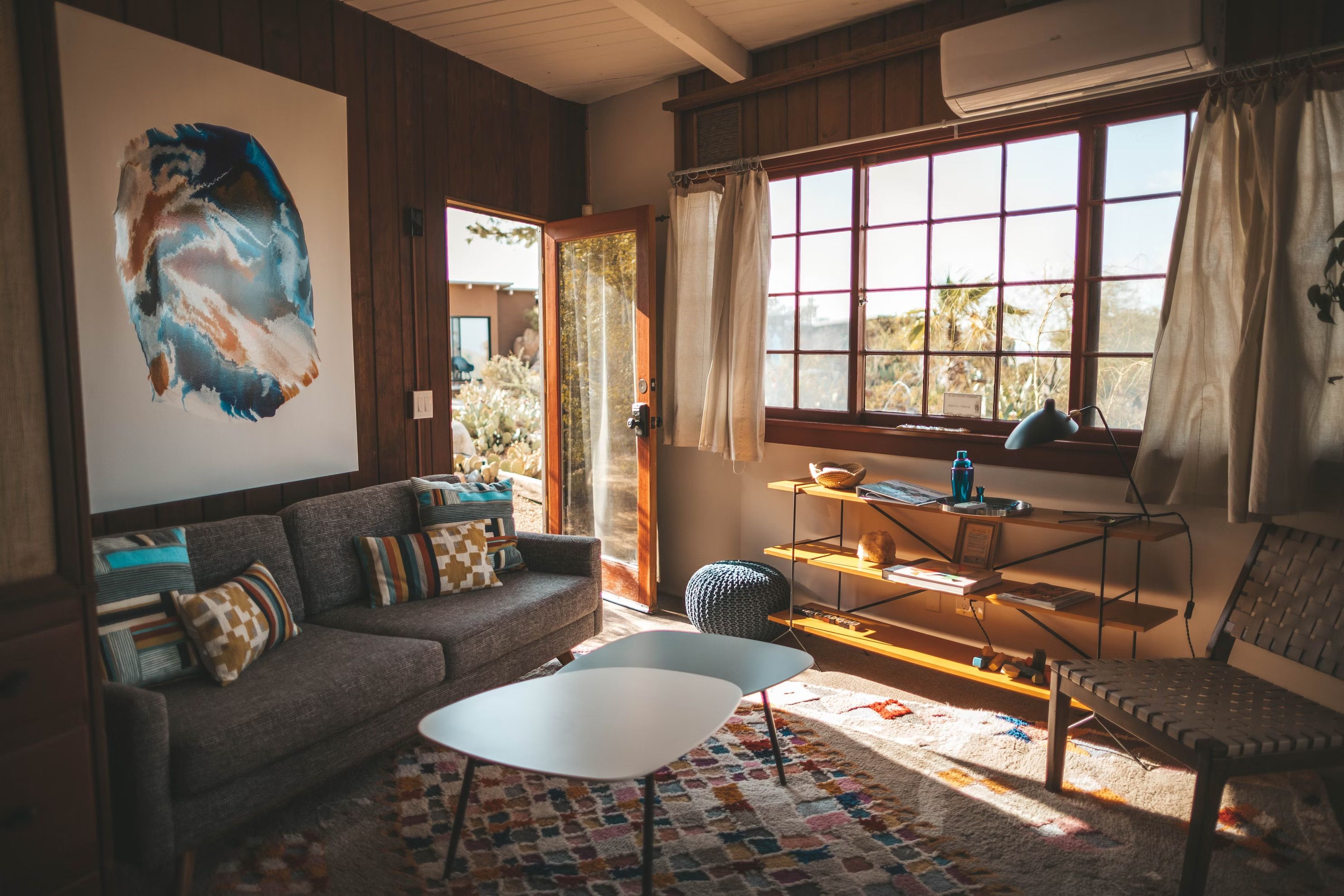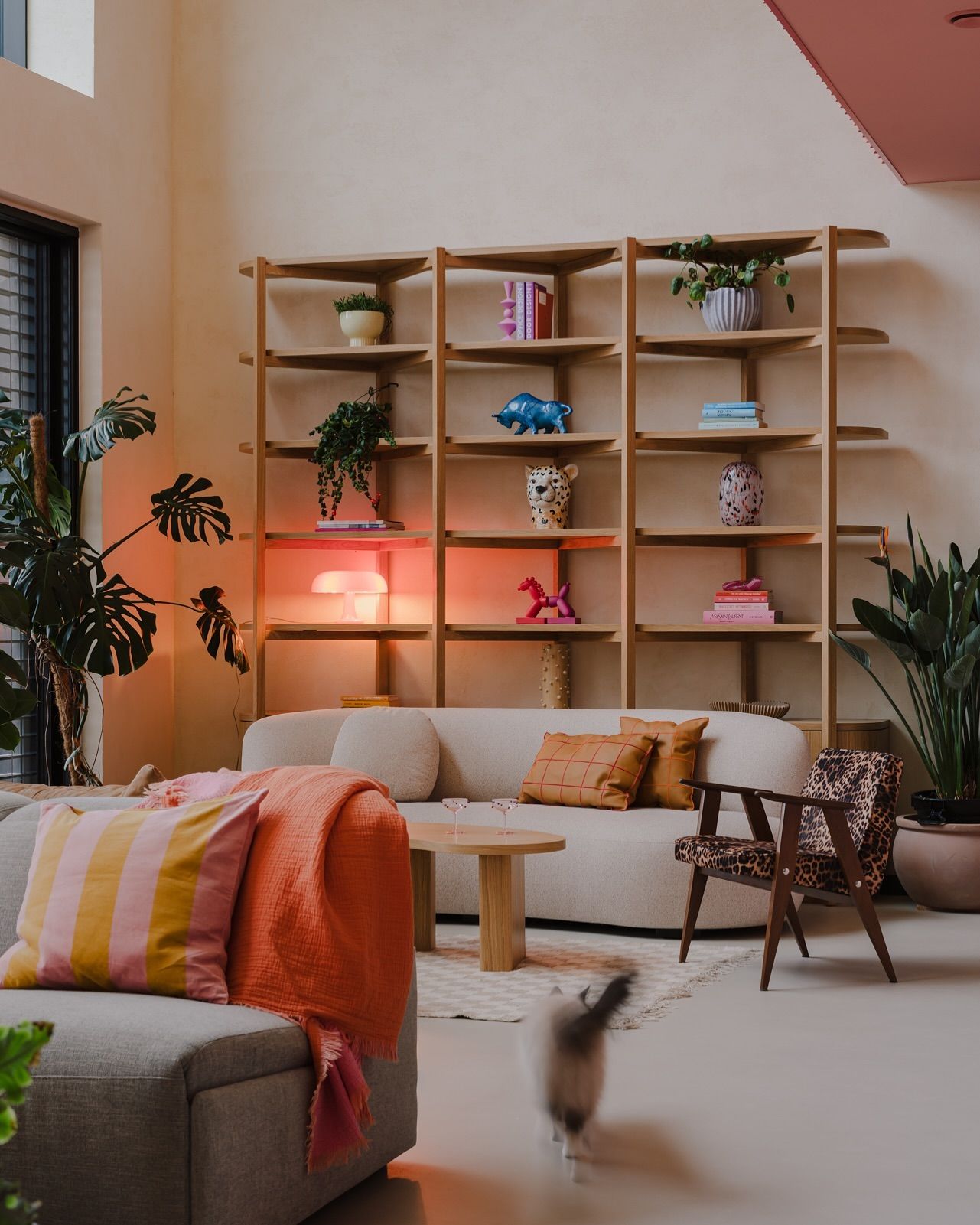Quick facts
Can't find the answer you're looking for? Please get in touch with our friendly team.
Is it cheaper to paint or buy new shutters?
Painting existing shutters is generally cheaper than buying new ones. Costs vary based on paint type and labor, but repainting can save you money. However, if your shutters are damaged, buying new ones might be a better long-term investment.
Do shutters increase home value?
Yes, shutters can increase home value. They enhance curb appeal, provide energy efficiency, and offer better privacy and light control. High-quality materials and styles, such as plantation shutters, are particularly attractive to buyers, making your home more appealing in the real estate market.
Is it shudders or shutters?
The correct term is 'shutters' when referring to window coverings that can be opened or closed. 'Shudders' refers to a physical reaction or movement, not related to home decor. For window treatments, opt for shutters for style and functionality.
What are the pros and cons of shutters?
Pros of shutters include excellent light control, energy efficiency, and enhanced privacy. They also add aesthetic value to your home. Cons include higher upfront costs and potential maintenance needs. Additionally, they may not fit all window styles, limiting design choices.
How much should I budget for shutters?
Budgeting for shutters typically ranges from $200 to $1,200 per window, depending on materials and style. Vinyl shutters are usually more affordable, while wood or custom options can be pricier. Always consider installation costs, which can add $100 to $300 per window.
What are the disadvantages of shutters?
Shutters can be expensive to install and maintain. They may also block some natural light and can be difficult to clean, especially if they have intricate designs. Additionally, they might not fit all window sizes, limiting their versatility in home decor.
Category Overview
Introduction
Shutters are more than just functional window treatments; they serve a vital role in enhancing the comfort and aesthetics of your home. By controlling light, privacy, and ventilation, shutters create a serene environment that elevates everyday life. Whether you're sipping your morning coffee while enjoying natural light or curling up with a book in the afternoon sun, shutters provide the perfect balance of comfort and utility, all while adding a touch of elegance to your decor.
Functionality
The primary function of shutters is to regulate the amount of light entering a room, making them essential in spaces like living rooms and bedrooms. In dining rooms, they can set the mood for mealtimes by adjusting brightness levels. Shutters are also versatile enough for outdoor use on patios or porches, offering shade and creating cozy retreats. Unique features such as adjustable louvers allow you to control light penetration precisely—ideal for those who value both functionality and form.
Design & Style
Shutters come in various styles and materials, from traditional wood to modern composites and elegant aluminum. Common designs include plantation shutters with wide slats for a classic look or café-style shutters that cover only the lower half of your windows for added privacy without sacrificing sunlight. You can personalize your shutters to fit any decor theme—from rustic farmhouse charm with distressed wood finishes to sleek minimalist designs in neutral colors. This makes it easy to find something that complements your interior design vision effortlessly.
Practical Considerations
When selecting the right shutters for your home, consider factors such as room size and material durability. If you have small windows in compact spaces, lightweight options may be preferable; conversely, heavier-duty materials like solid wood might be best for larger openings needing extra insulation or security. Be mindful of common mistakes—like choosing styles that clash with existing decor—or failing to measure correctly before purchasing so you maximize functionality and aesthetic appeal.
Comparison and Alternatives
When deciding on shutter materials, consider pros and cons: wooden shutters exude warmth but may require more maintenance over time compared to vinyl ones which are easier to clean but might lack a traditional feel. Additionally, choosing between different shapes—round vs rectangular—is crucial based on space availability; rounded designs can soften sharp corners in tight areas while rectangular options generally fit standard frames better.
Trends and Popular Items
Current design trends highlight an increased interest in eco-friendly materials like bamboo or recycled composites that blend sustainability with style in modern homes. Additionally, popular items include plantation-style shutters that cater well to contemporary tastes while maintaining classic appeal—they’re versatile enough for both urban lofts and suburban houses alike. Incorporating shutters into your home design not only beautifies but also enhances functionality—creating pleasant environments tailored perfectly to your lifestyle needs.


